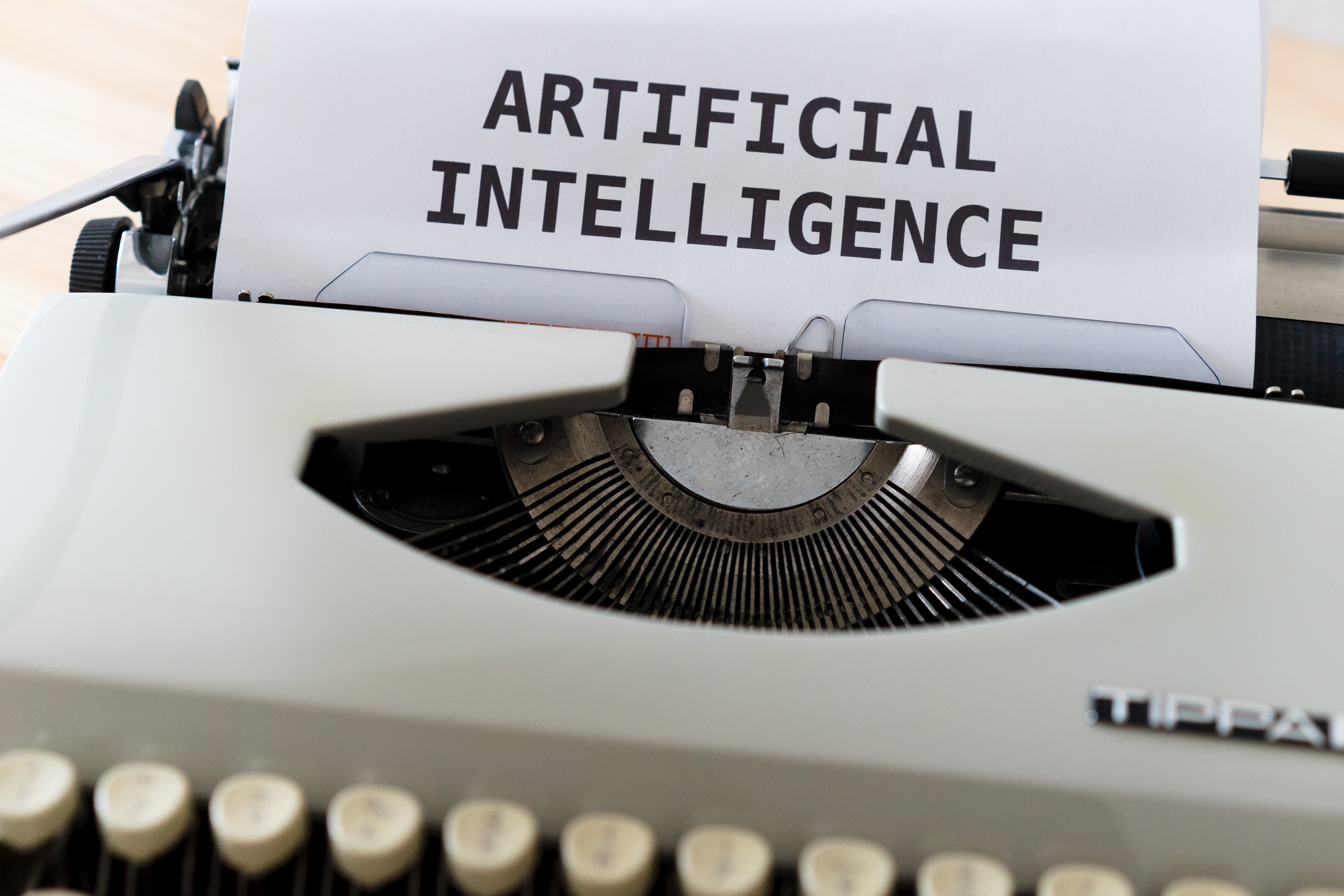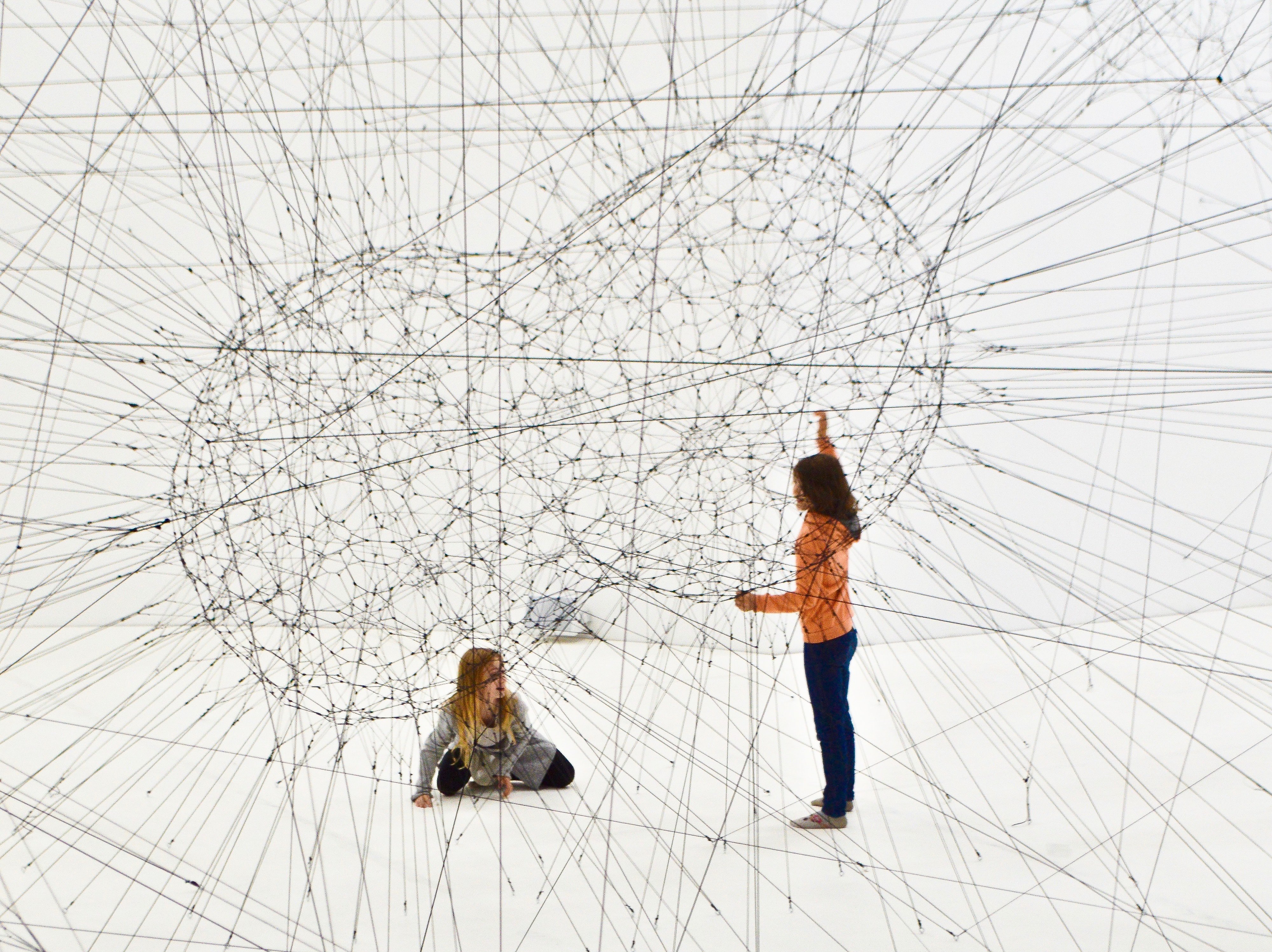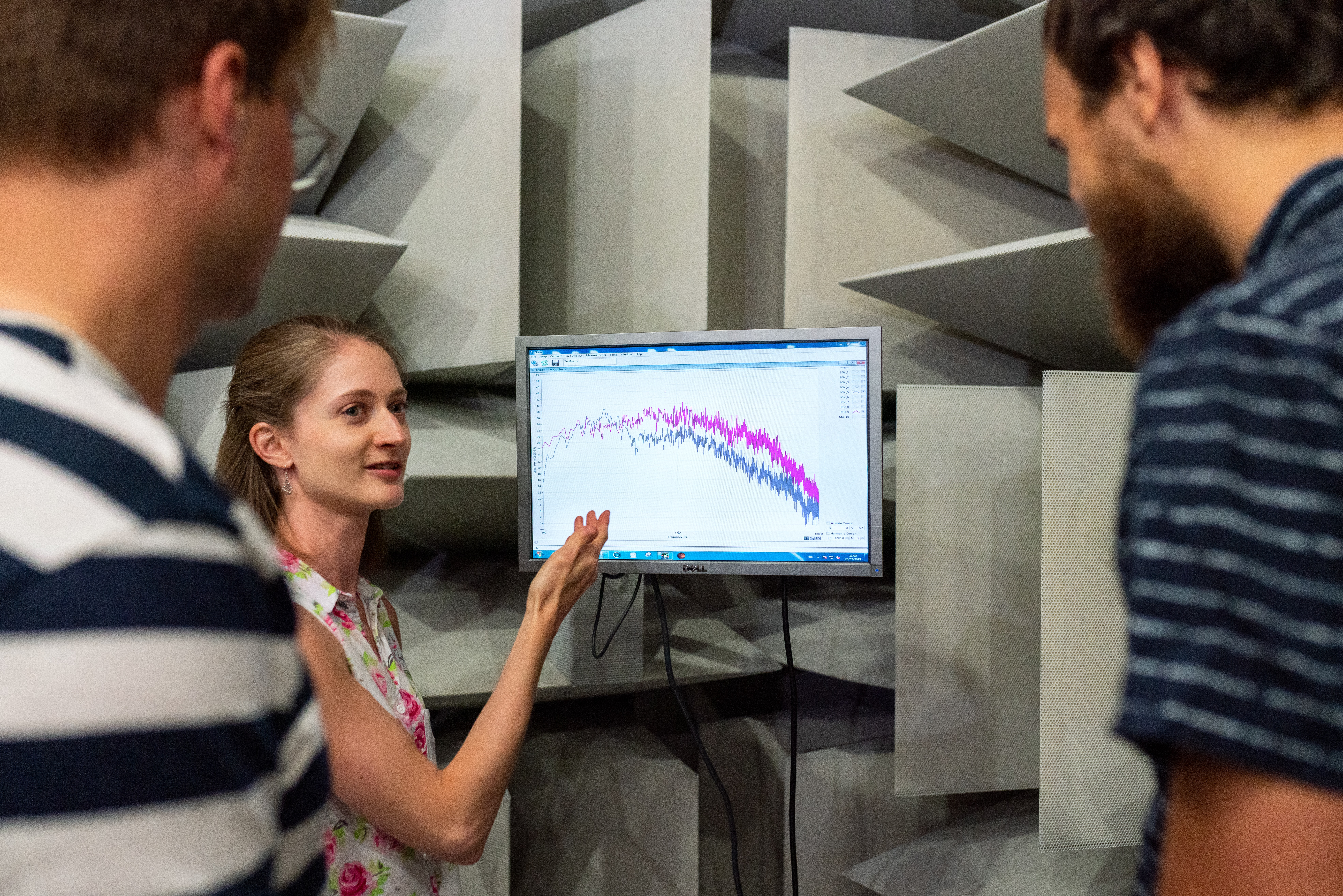Research
AI-based SHM
This research theme deals with structural health monitoring as the process to implement a damage assessment strategy. A network of sensors is permanently attached to a structure and it records the structure’s response to damage. A network consists of different sensing technologies where a complementary and cooperative fusion is a key element. Considering the vast amount of recorded data and the associated uncertainties, AI can play a crucial role on designing an effective network with the capability of an autonomous and synchronous data flow. The data flow is fed to the prognostics and health management scheme.
Prognostics & Health Management
This research theme deals with the field of structural Prognostics and health management. The prognosis of remaining useful life and the post-prognostics decision making for health management are of particular interest. Emphasis is given to the utilization of various SHM techniques, where a strong link with the research theme AI-based SHM is present, different modelling philosophies, i.e. data-driven/physics-based and hybrid models, and machine learning algorithms.
Transfer learning
This research theme deals with transfer learning of the degradation process from one structure to another. Hierarchical structures that are made of i.e. same material but have structural details of increasing complexity (generic elements vs subcomponents) are of particular interest. While monitoring a generic element and study its degradation process, transfer learning will help to scale up the acquired knowledge and apply it to the subcompent aiming for a more confident and efficient analysis.
Cyber physical structural systems & digital twins
This research theme deals with the development of cyber-physical structural systems (CPSS) and their digital twins. We envision that a CPSS is a network of structures, designed for similar missions, operating in different environmental conditions and instrumented with various sensing technologies for condition and health monitoring, able to communicate for transfer learning. The structures together with the sensors embody the physical entity while computer-based algorithms handle the vast amount of data collected during the operational life of the structures. At the same a digital twin is the virtual representation of the physical entity. The CPSS exchange data in real-time with their digital twins which are used to simulate different degradation scenarios and provide feedback for supporting the health management.
Explainable AI for structural applications
This research theme deals with the explainable and certifiable AI for structural applications. The results and outputs of an AI application should be understandable to the user in a way that he can generalize its utulity and at the same manage to maintain a high level of performance, i.e. prediction and classifaction accuracy, aiming to be certifiable.





